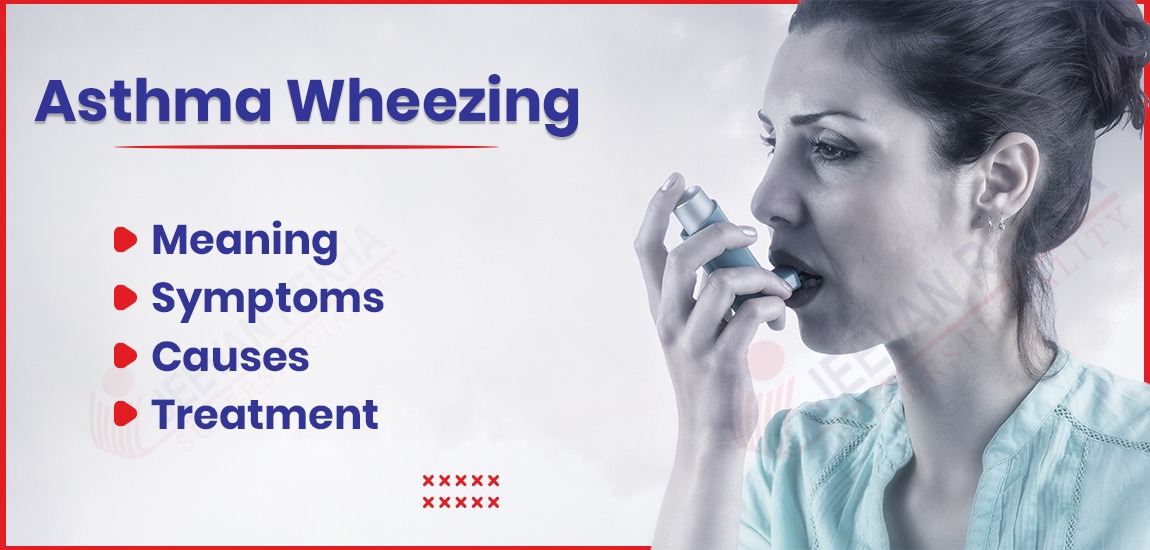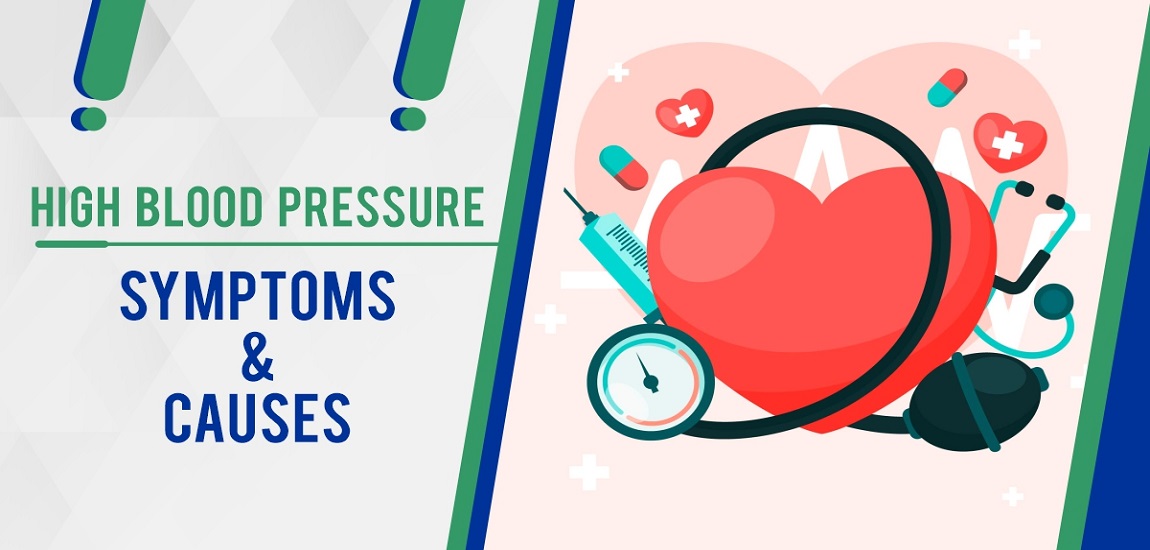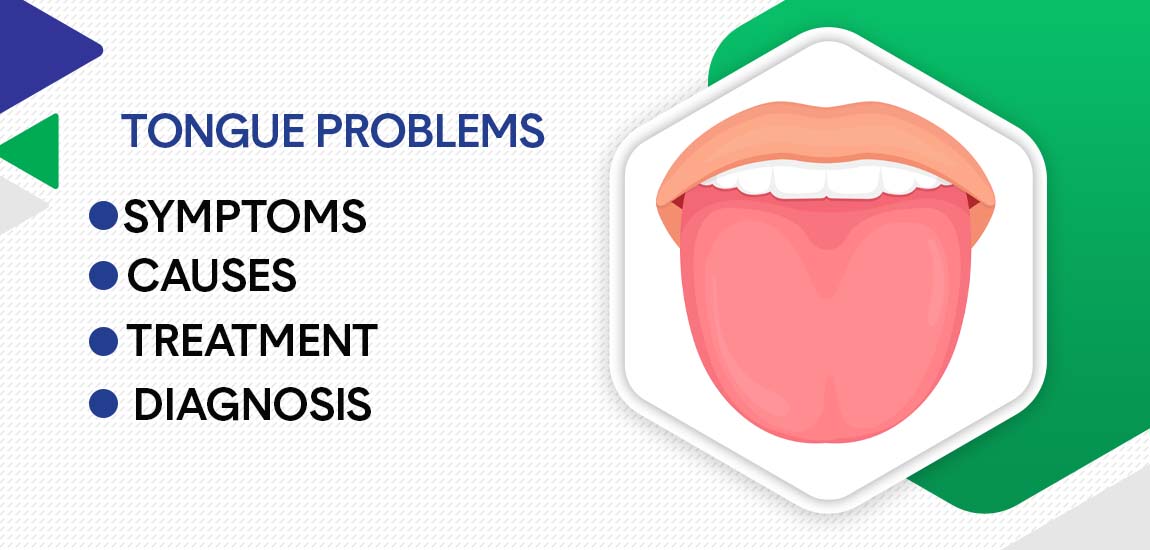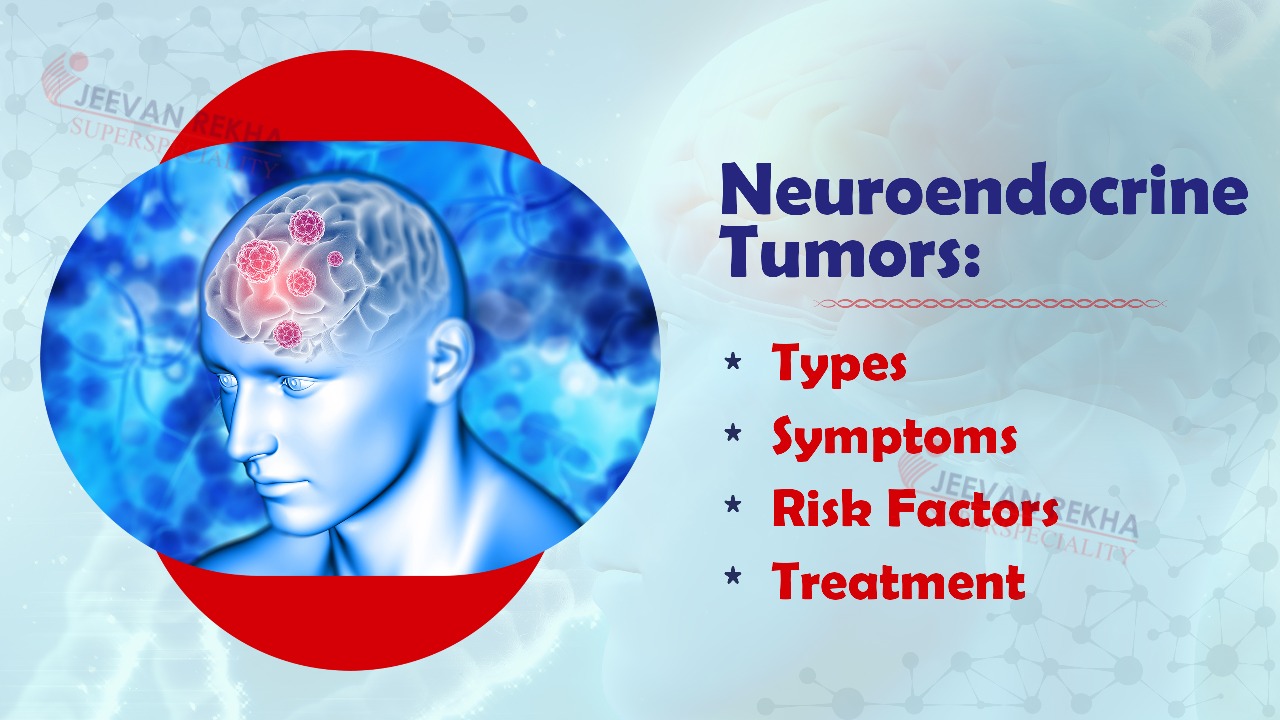
- By JRSH Admin
- In Health and Tips,
- Posted June 19, 2023
Asthma Wheezing: Meaning of Wheezing, Symptoms, Causes, and Treatment
Asthma wheezing is a common symptom experienced by individuals with asthma, a chronic respiratory condition characterized by inflammation and narrowing of the airways. Wheezing is the high-pitched, whistling sound when air flows through narrowed airways during breathing.
When a person with asthma is exposed to triggers such as allergens (pollen, dust mites, pet dander), respiratory infections, cold air, exercise, or irritants (smoke, strong odors, chemicals), it can lead to inflammation and constriction of the bronchial tubes, which are responsible for carrying air in and out of the lungs. The narrowed airways make it difficult for air to flow freely, resulting in wheezing.
Wheezing is usually more noticeable during expiration (breathing out), but it can also be present during inspiration (breathing in) in severe cases. It may be accompanied by other symptoms such as shortness of breath, coughing (especially at night or early morning), chest tightness, and difficulty in performing physical activities.
Asthma wheezing episodes can vary in severity and duration. Some individuals may experience occasional wheezing episodes triggered by specific factors, while others may have more persistent and chronic wheezing. It is important to note that wheezing can also occur in conditions other than asthma, such as bronchitis, chronic obstructive pulmonary disease (COPD), or respiratory infections.
It is essential for individuals with asthma wheezing to work closely with healthcare professionals to develop an individualized asthma action plan, which includes instructions on medication use, recognizing worsening symptoms, and seeking medical assistance when necessary. With proper management and adherence to the treatment plan, most individuals with asthma can effectively control their wheezing and lead a normal, active life.
What is wheezing?
Wheezing is a high-pitched, whistling sound that occurs during breathing. It is typically produced when air flows through narrowed or constricted airways in the respiratory system. Wheezing can be heard when a person exhales (breathes out) or, in more severe cases, when they inhale (breathe in).
The sound of wheezing is caused by the turbulent airflow resulting from the narrowing of the air passages. When the airways become inflamed or constricted, such as in conditions like asthma, the flow of air through the narrowed passages becomes restricted. As a result, the air moves faster, causing vibrations in the surrounding tissues and producing the characteristic wheezing sound.
Wheezing is often a symptom of an underlying respiratory condition, with asthma being the most common cause. However, it can also occur in other conditions such as chronic obstructive pulmonary disease (COPD), bronchitis, respiratory infections, allergies, or even due to a foreign object blocking the airway.
Related: Nasal Vestibulitis: Causes, Symptoms, Complications, and Treatment
Causes of Asthma Wheezing:
Asthma wheezing is primarily caused by the inflammation and narrowing of the airways in individuals with asthma. The exact cause of asthma is not fully understood, but it is believed to be a complex interplay of genetic and environmental factors. When a person with asthma is exposed to certain triggers, it can lead to wheezing and other asthma symptoms. Here are some common triggers and factors that can cause asthma wheezing:
- Allergens: Allergens such as pollen, dust mites, pet dander, mold spores, and certain foods can trigger an allergic response in susceptible individuals and lead to asthma symptoms including wheezing.
- Respiratory Infections: Viral or bacterial infections of the respiratory system, such as the common cold, flu, or bronchitis, can irritate the airways and cause inflammation, leading to wheezing.
- Irritants: Exposure to irritants such as smoke (cigarette smoke, wood smoke), strong odors (perfumes, chemicals), air pollution, and certain chemicals can provoke an asthma attack and result in wheezing.
- Exercise: Physical exertion and exercise can trigger asthma symptoms, including wheezing, in some individuals. This is known as exercise-induced asthma.
- Cold Air: Breathing in cold air can cause the airways to constrict and lead to wheezing, particularly in individuals with cold-induced asthma.
- Emotional Factors: Intense emotions or stress can sometimes trigger asthma symptoms, including wheezing, in certain individuals.
- Occupational Factors: Some individuals may develop work-related asthma due to exposure to certain substances in the workplace, such as chemicals, dust, or fumes.
- Medications: Certain medications, such as non-steroidal anti-inflammatory drugs (NSAIDs) or beta-blockers, can trigger asthma symptoms and wheezing in susceptible individuals.
Related also: Causes of Stress
Symptoms of Asthma Wheezing
Asthma wheezing is a characteristic symptom of asthma, and it is accompanied by other symptoms that may vary in intensity from person to person. The symptoms of asthma wheezing include:
- Wheezing: The hallmark symptom of asthma wheezing is the high-pitched, whistling sound produced during breathing. Wheezing is often heard during expiration (breathing out), but it can also occur during inspiration (breathing in) in severe cases.
- Shortness of Breath: Asthma wheezing is usually accompanied by a feeling of breathlessness or difficulty breathing. It may feel like you can't get enough air in or out of your lungs.
- Coughing: A persistent or recurrent cough, particularly at night or early morning, is another common symptom of asthma wheezing. The cough may be dry or accompanied by mucus production.
- Chest Tightness: Many individuals with asthma wheezing experience a sensation of tightness or pressure in the chest. It may feel like a band is constricting around the chest area.
- Rapid Breathing: Due to the narrowed airways, individuals with asthma wheezing may breathe faster than usual in an attempt to compensate for the limited airflow.
- Difficulty Performing Physical Activities: Asthma wheezing can lead to decreased exercise tolerance and difficulty in performing physical activities. Simple tasks may become more challenging due to breathing difficulties.
- Worsening Symptoms at Night or Early Morning: Asthma symptoms, including wheezing, often worsen during the night or early morning hours, which can disrupt sleep patterns.
Related also: Anxiety Symptoms
Diagnosis of Asthma Wheezing
The diagnosis of asthma wheezing involves a combination of medical history evaluation, physical examination, and diagnostic tests. Here are the key steps involved in the diagnosis of asthma wheezing:
- Medical History: Your healthcare provider will start by discussing your symptoms and medical history. They will ask about the frequency, duration, and triggers of your wheezing episodes, as well as any associated symptoms like coughing, shortness of breath, or chest tightness. They may also inquire about your family history of asthma or other respiratory conditions.
- Physical Examination: A thorough physical examination will be conducted to assess your lung function and look for signs of asthma or other respiratory conditions. Your healthcare provider may listen to your lungs using a stethoscope to identify any abnormal lung sounds, such as wheezing, and check for other physical signs of asthma or respiratory distress.
- Lung Function Tests: Lung function tests, such as spirometry, are commonly performed to evaluate the airflow in your lungs. Spirometry measures how much air you can exhale forcefully and how quickly you can exhale. It helps assess the presence and severity of airflow obstruction, a characteristic feature of asthma.
- Bronchodilator Responsiveness Testing: In some cases, bronchodilator responsiveness testing may be conducted after spirometry. This test involves inhaling a bronchodilator medication (such as albuterol) to see if it improves your lung function and alleviates wheezing. If there is a significant improvement in lung function after bronchodilator administration, it suggests a high likelihood of asthma.
- Allergy Testing: Allergy testing may be recommended to identify specific allergens that could be triggering your asthma symptoms. This can be done through skin prick tests or blood tests to measure the levels of specific antibodies (IgE) against various allergens.
- Other Tests: In some cases, additional tests may be performed to rule out other potential causes of wheezing or to assess the severity of your asthma. These tests may include chest X-rays, computed tomography (CT) scans, or exhaled nitric oxide measurements.
The process may vary depending on individual circumstances and the judgment of your Doctors. It is crucial to consult a healthcare professional for a proper evaluation and diagnosis if you experience wheezing or other respiratory symptoms.
Risk Factors of Asthma Wheezing
Several risk factors can increase the likelihood of developing asthma wheezing. While having these risk factors does not guarantee that a person will develop asthma wheezing, they can contribute to its development. Here are some common risk factors:
- Family History: Individuals with a family history of asthma or allergies are at an increased risk of developing asthma wheezing. Genetic factors play a role in determining susceptibility to asthma and can be passed down through generations.
- Personal History of Allergies: People who have a history of allergic conditions such as allergic rhinitis (hay fever) or atopic dermatitis (eczema) have a higher risk of developing asthma wheezing. Allergies and asthma share common underlying mechanisms.
- Environmental Exposure: Regular exposure to environmental allergens and irritants, such as pollen, dust mites, pet dander, mold spores, tobacco smoke, air pollution, and occupational sensitizers, can increase the risk of developing asthma wheezing. Certain occupational exposures, like working in environments with chemical fumes or dust, can also be risk factors.
- Respiratory Infections: Severe respiratory infections early in life, particularly viral infections, have been associated with an increased risk of developing asthma wheezing. Respiratory syncytial virus (RSV) and rhinovirus are examples of viruses that have been linked to asthma development.
- Obesity: Obesity is a risk factor for asthma and can contribute to the development of wheezing symptoms. The exact mechanisms linking obesity and asthma are not fully understood, but it is believed that inflammation and mechanical factors play a role.
- Childhood Factors: Certain factors during childhood, such as exposure to secondhand smoke, living in urban areas with high pollution levels, low birth weight, and a history of respiratory infections, can increase the risk of developing asthma wheezing.
- Hormonal Factors: Hormonal changes, such as those occurring during pregnancy or puberty, can influence the development or worsening of asthma symptoms, including wheezing.
- Stress: Psychological stress and emotional factors may not directly cause asthma wheezing but can trigger or worsen asthma symptoms, including wheezing, in individuals who already have asthma.
Treatment of Asthma Wheezing and When to see a Doctor?
The treatment of asthma wheezing aims to manage symptoms, prevent asthma attacks, and improve overall lung function. The specific treatment plan may vary depending on the severity of asthma and individual factors. It is important to work with a healthcare professional to develop an individualized treatment strategy. Here are common approaches to treating asthma wheezing:
- Medications:
- Quick-Relief Medications: Short-acting bronchodilators (e.g., albuterol) are used to provide immediate relief during wheezing episodes by relaxing and opening up the airways.
- Long-Term Control Medications: Inhaled corticosteroids, long-acting bronchodilators, leukotriene modifiers, and other medications are used to reduce inflammation, prevent wheezing episodes, and manage chronic symptoms.
- Asthma Action Plan: Your healthcare provider will help develop an asthma action plan that outlines daily medication usage, instructions for adjusting medication during symptom exacerbations, and when to seek emergency care.
- Trigger Avoidance: Identifying and avoiding triggers that worsen asthma symptoms, such as allergens, smoke, cold air, or exercise, can help minimize wheezing episodes.
- Allergy Management: If allergies contribute to asthma wheezing, allergy management strategies such as allergen avoidance, medications, or allergen immunotherapy (allergy shots) may be recommended.
- Education and Self-Management: Learning about asthma, understanding medications and their proper use, monitoring symptoms, and knowing when to adjust medication or seek medical care are essential for the self-management and prevention of wheezing episodes.
When to See a Doctor
It is important to seek medical attention if you experience asthma wheezing or related symptoms. Here are some situations where you should consult a healthcare professional:
- Wheezing or breathing difficulties that do not improve with quick-relief medications.
- Severe shortness of breath, rapid breathing, or inability to speak due to breathlessness.
- Chest pain, tightness, or discomfort that is not relieved with medication.
- Blue or gray lips or fingernails indicate a lack of oxygen.
- Wheezing episodes occur more frequently or become more severe.
- Any signs of an asthma attack, such as extreme difficulty breathing, confusion, or a bluish tinge to the lips or face.
- Wheezing that interferes with normal activities or disrupts sleep patterns.
- New or sudden-onset wheezing in individuals without a prior asthma diagnosis.
- If your current treatment plan is not effectively managing your asthma symptoms.
Prompt medical attention is crucial during asthma exacerbations or emergencies. It is always best to consult a healthcare professional for an accurate diagnosis, proper treatment, and guidance specific to your condition.
Conclusion:
Asthma wheezing is a characteristic symptom of asthma, a chronic respiratory condition characterized by inflammation and narrowing of the airways. Wheezing occurs when the airflow through the constricted airways becomes turbulent, resulting in a high-pitched, whistling sound during breathing.
Several factors can contribute to asthma wheezing, including genetic predisposition, environmental triggers such as allergens and irritants, respiratory infections, and other risk factors like obesity and stress. It is important to identify and manage these triggers to prevent and minimize wheezing episodes.
The diagnosis of asthma wheezing involves a comprehensive evaluation, including a medical history review, physical examination, lung function tests, and possibly allergy testing. Collaborating with a healthcare professional is crucial to establish an accurate diagnosis and develop an individualized treatment plan.
The treatment of asthma wheezing focuses on controlling symptoms, preventing asthma attacks, and improving lung function. Medications, including quick-relief medicines for immediate relief during wheezing episodes and long-term control medications to manage chronic symptoms and prevent exacerbations, are commonly prescribed. Additionally, trigger avoidance, allergy management, and education on self-management play critical roles in managing asthma wheezing effectively.
It is important to seek medical attention if you experience asthma wheezing or related symptoms, especially in severe emergencies. Regular follow-up with a healthcare professional is recommended to monitor your asthma, adjust treatment as needed, and ensure optimal asthma control.
Tags
Blog Search
Latest Posts
-
Ear Infections (Otitis Media): Top Triggers & How to Avoid Them?
April 11, 2025 -
Implantation Bleeding Vs Periods: Know the Difference
March 12, 2025 -
5 Tips for a Happy and Healthy Summer
February 27, 2025 -
Body Ache (Pain): Causes, Symptoms and Treatment Options
February 10, 2025 -
Fatigue and Exhaustion: Causes, Symptoms, and Treatment
January 08, 2025




